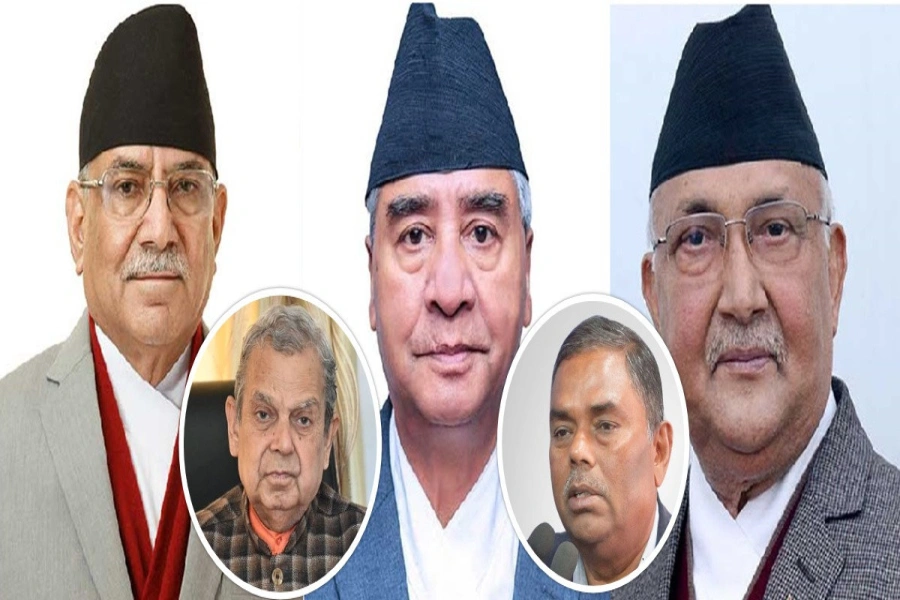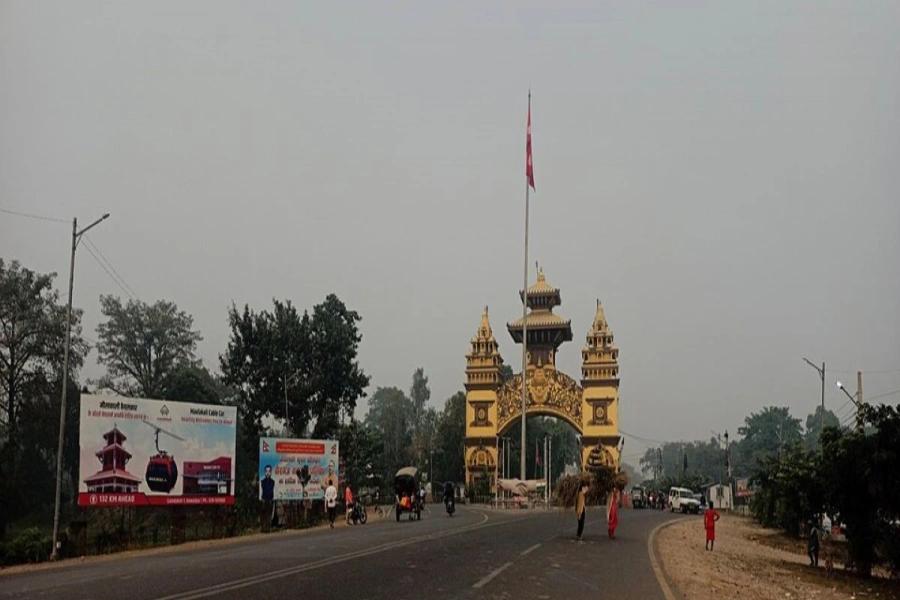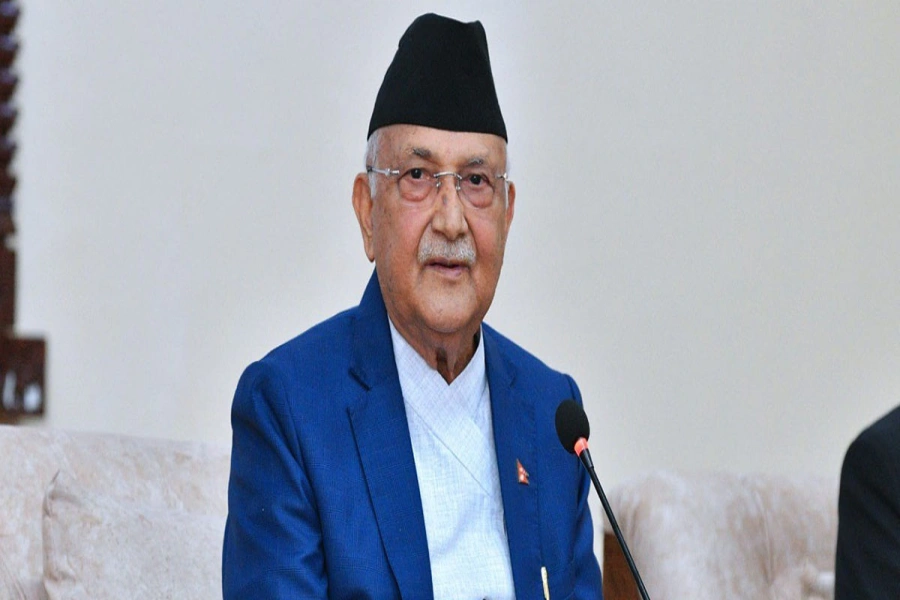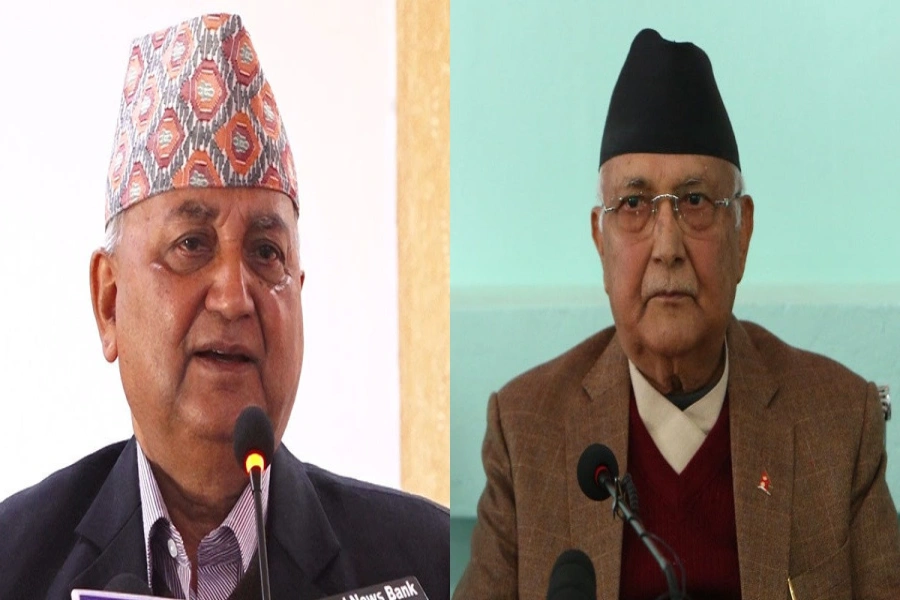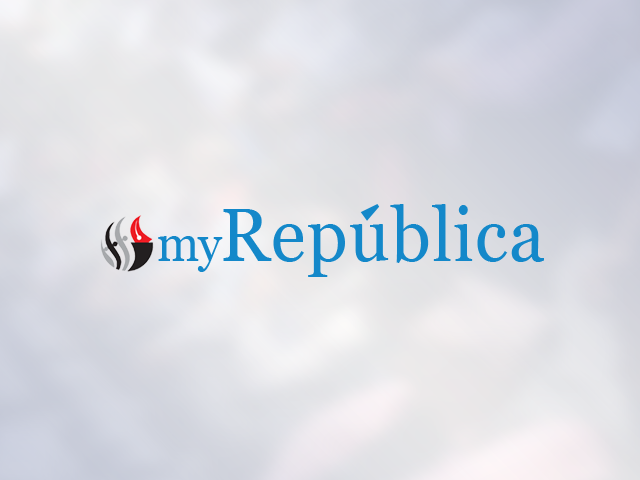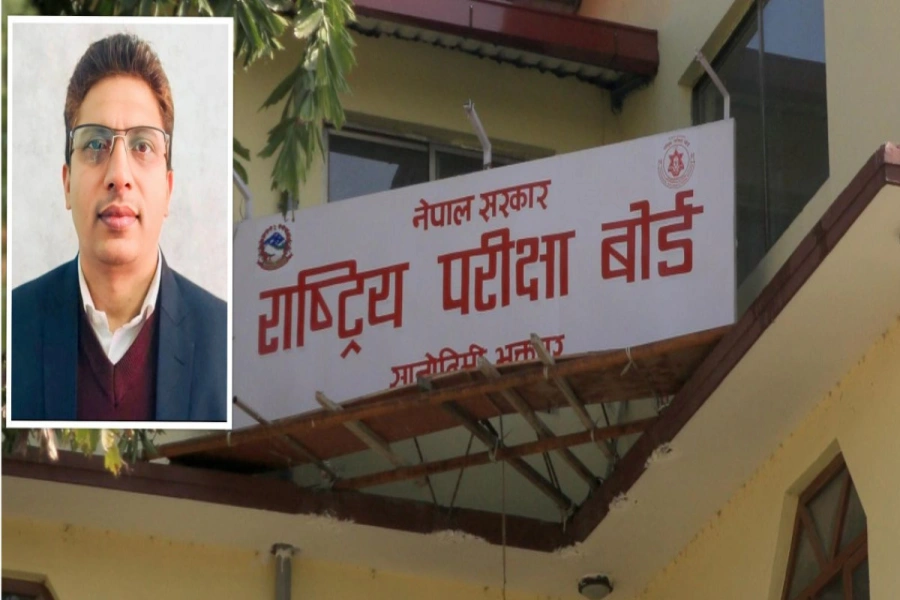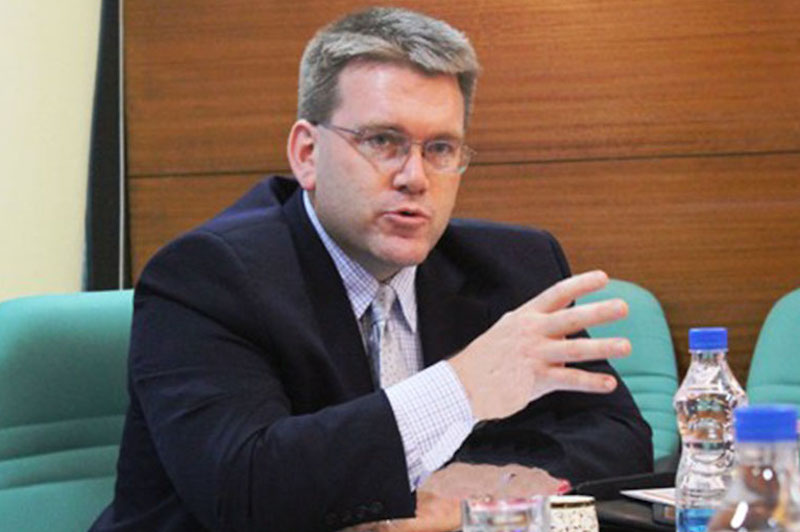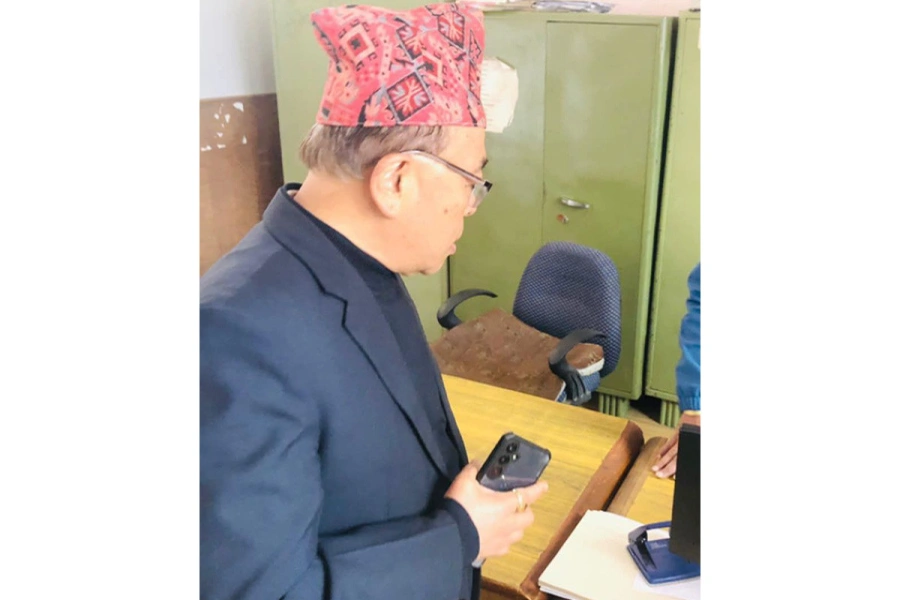KATHMANDU, July 31: As the government has failed to make up for its exorbitant spending by the slow revenue collection, the country is facing an ever increasing burden of public debt in recent years.
In the last Fiscal Year (FY), 2023/24, the public debt increased by Rs 135 billion. In mid-July of FY 2023, the public debt stood at Rs 2.299 trillion, while it soared to Rs 2.434 trillion as of mid-July 2024. It shows that the public debt increased by Rs 135 billion within a year. The total debt accounts for 42.65 percent of the country’s GDP.
According to the Public Debt Management Office (PDMO), the internal debt owed by the government has reached Rs 1.18 trillion and the external debt has reached Rs 1.253 trillion. The government paid Rs 305 billion for the principal and interest of the public debt in the review period.
Within the first two weeks of the current FY, the government has already collected Rs 31.61 billion of domestic borrowing by issuing treasury bills. In addition, Monday's cabinet meeting has approved taking a concessional loan worth about Rs 33.33 billion from the World Bank.
The PDMO on Monday published a notification for issuing Treasury bills worth Rs 21.1 billion to raise additional debt. On July 22, the PDMO issued Treasury bills worth Rs 10.49 billion to raise money for the government. Stakeholders have expressed concern over the increasing burden of public debt.
Public debt hits Rs 2.8 trillion mark
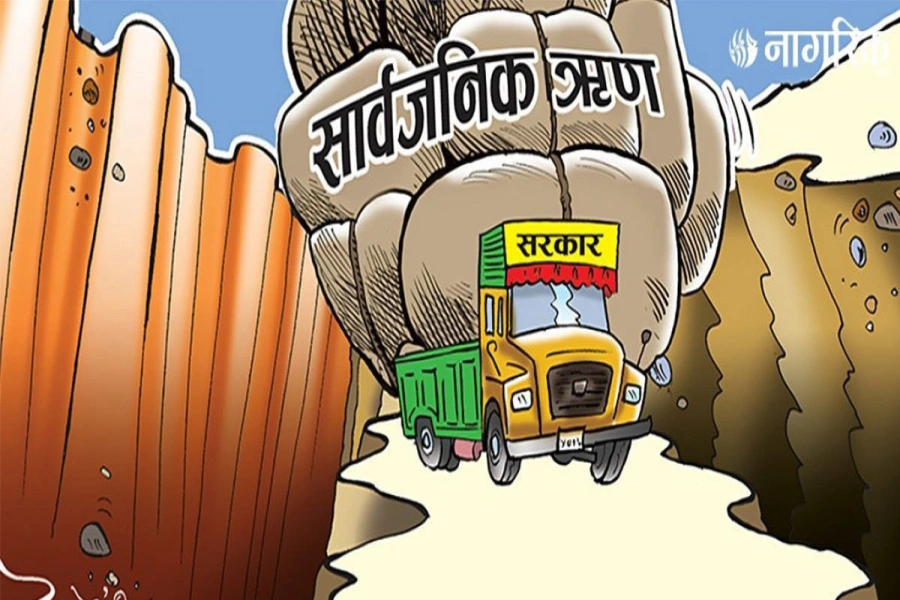
The government has also been criticized in parliament sessions regarding the soaring public debt. Bhumi Ram Sharma, the former head of the PDMO, said that the government should invest in projects that will yield returns on loans. He said that there was no 'return' from the investment made in Pokhara and Bhairahawa-based international airports by taking loans.
"There is a risk if there is no return from invested amounts," he said, adding, “We should take loans consciously.”
The government takes internal and external loans for development when it faces problems to meet the current expenses.
The government decided to take a concessional loan of about Rs 33.33 billion from the World Bank for the provincial and local road improvement program on Monday. Since the government is unable to increase revenue collection, it has had to rely on foreign and domestic loans as the main source of budget. When the government prepares the budget, it sets the target for collecting revenue as well as receiving foreign aid and internal and external debts.
For the current FY 2024/25, the government has allocated a total budget of Rs 1.860 trillion. It has set a target to collect revenue of Rs 1.2 trillion and receive foreign grants of Rs 52.33 billion. The government intends to meet the shortfall of Rs 547.67 million by taking domestic and foreign loans.
In the current fiscal year, FY 2024/25 year, the government expects to acquire foreign loans of Rs 217 billion and raise domestic debt of Rs 330 billion.
Generally, the debt taken by the government from inside and outside the country is called public debt. In particular, public debt is taken to cover the budget deficit of the government.
The government generally takes public loans to deal with economic recession, tame inflation, and building physical infrastructure in the country. Since the revenue collected in Nepal is insufficient to cover the current expenses of the government, development and infrastructure construction is being done by taking foreign loans. During the last five years, the public debt has increased by about Rs 1.2 trillion.
By FY 2018/19, internal and external debts stood at Rs 1.048 trillion. By the end of the FY 2023/24, the total debt has reached Rs 2.4344 trillion.
Since the government has not been able to collect the revenue as per the target, the trend of taking internal and external loans has increased rapidly in the last five years. Public debt liability in the country is increasing day by day.




